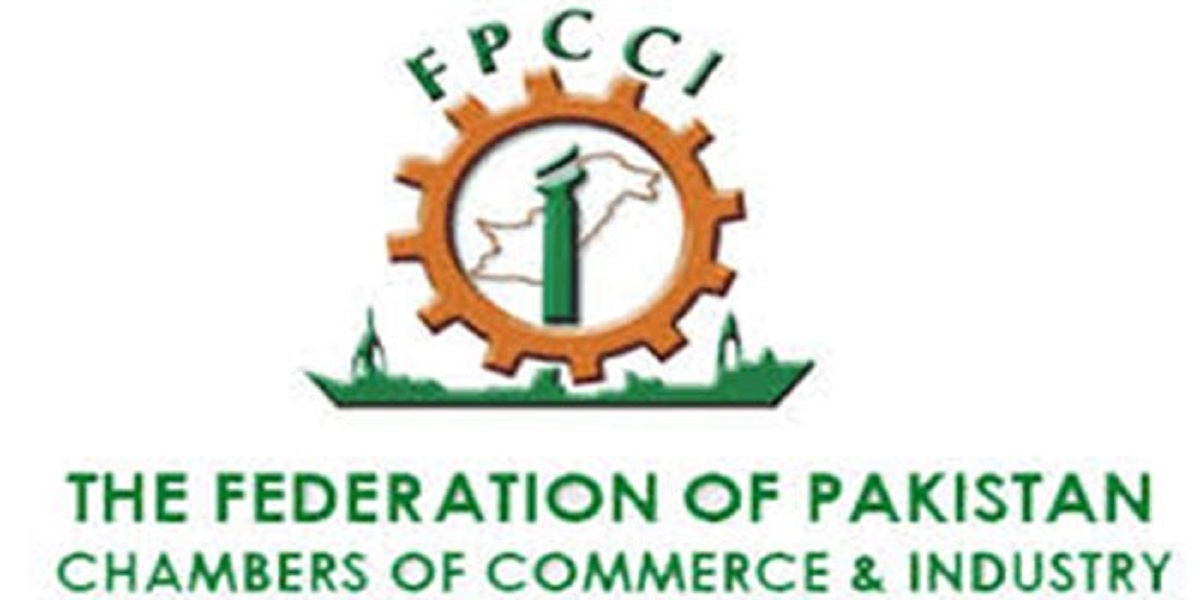FPCCI slams govt for ignoring businessmen in mini-budget consultations
KARACHI: The Federation of Pakistan Chambers of Commerce and Industry (FPCCI) on...

KARACHI: The Federation of Pakistan Chamber of Commerce and Industry (FPCCI) has proposed that the State Bank of Pakistan (SBP) should not further increase the monetary policy rate, as it can result in stagflation and adverse effects on industrial growth, a statement said on Friday.
FPCCI president Mian Nasser Hyatt Maggo said that the use of the instrument of policy rate for controlling inflation has been counter-productive, as Pakistan’s economy is less integrated with the financial sector.
He proposed this on the evidence-based findings of the latest monetary policy brief released by the Policy Advisory Board of the FPCCI.
The Policy Advisory Board of the FPCCI working under the chairmanship of the former federal secretary Mohammad Younus Dagha has published a policy brief titled “Assessment of Monetary Policy Effectiveness in Pakistan”, which formulates the FPCCI’s input for the upcoming monetary policy.
The paper gives an insight into the causes of inflation and the effectiveness of the monetary policy based on the analysis of economic fundamentals, business cycle positioning, and the monetary policy survey for which the respondents were economists, financial market participants and industry representatives.
The report finds that only 7 per cent of the commercial entities do actually borrow from the banking and financial system of the country; and, this fact renders the monetary tightening for inflation control and management through increasing policy rate ineffectual and restricts its efficacy as a tool.
The report warns that Pakistan is heading towards stagflation with inflation mounted to 11.5 per cent, whereas the core inflation was recorded at 7.6 per cent in November 2021.
The State Bank of Pakistan (SBP) increased the policy rates by 25 basis points and 150 basis points during the Monetary Policy Committee (MPC) meetings held in September and November 2021, respectively. This has created a speculative momentum that raised the cutoff yields by 228 basis points for three-month T-bills to 10.78 per cent.
The supply shocks such as a hike in the commodity and oil prices provided the impetus for the current inflationary pressure. In addition, a massive depreciation in the rupee value against the dollar along with the measures under the International Monetary Fund (IMF) programme has aggravated the inflation. Although the real interest rate is negative in Pakistan; however, the difference between the policy rates and core inflation is higher in Pakistan, i.e., 1.2 per cent, compared with India (-1.8 per cent), China (0.7 per cent).
The Policy Advisory Board of the FPCCI recommends that the SBP to target core inflation rather than general inflation. Moreover, the inflationary pressure can be better controlled by shifting the exchange rate regime from flexible to a managed float.
The government should also use regulations and effective enforcement to counter speculations and manipulations by cartels that are playing havoc with the prices and exchange rates.
Catch all the Business News, Breaking News Event and Latest News Updates on The BOL News
Download The BOL News App to get the Daily News Update & Live News.